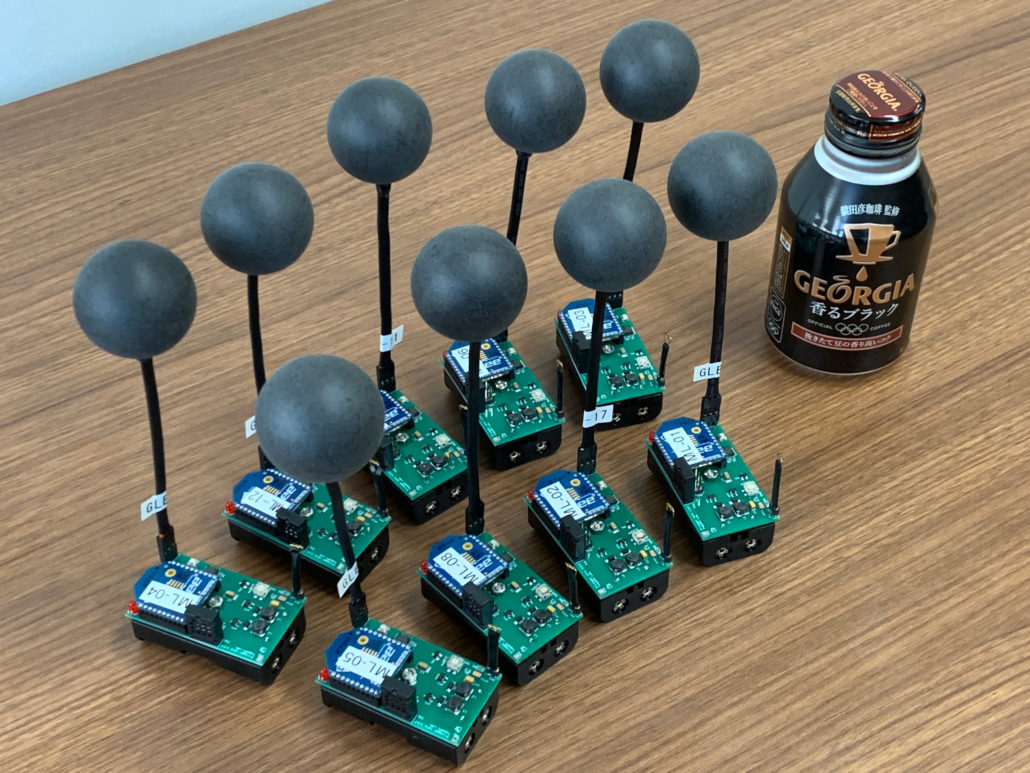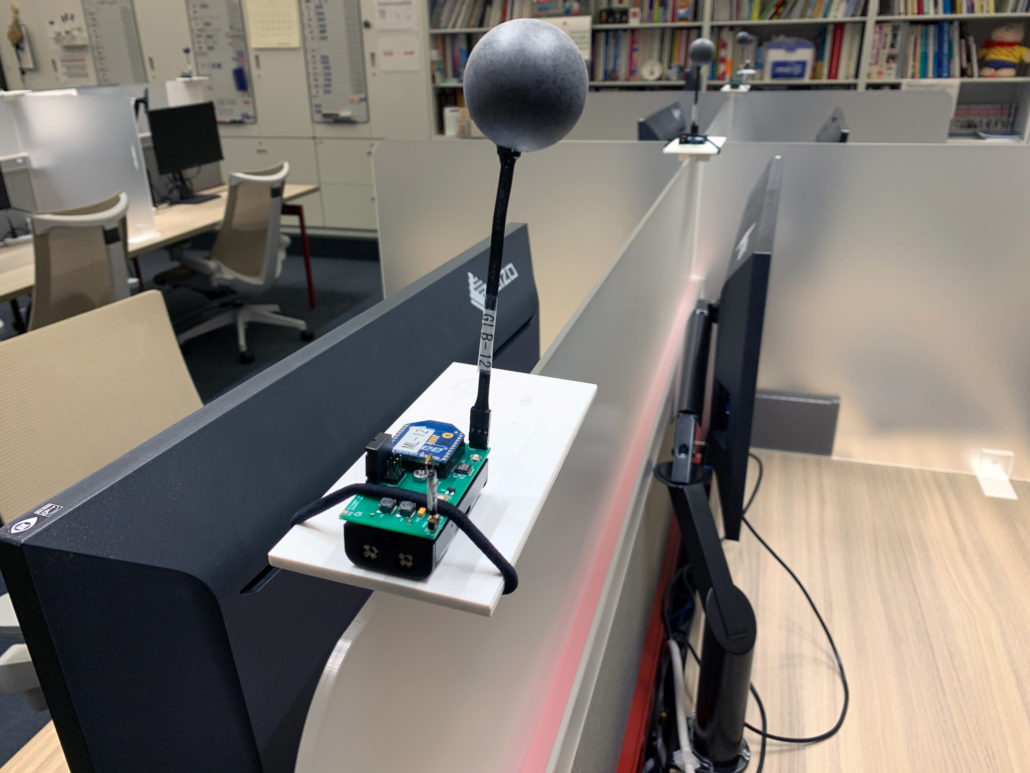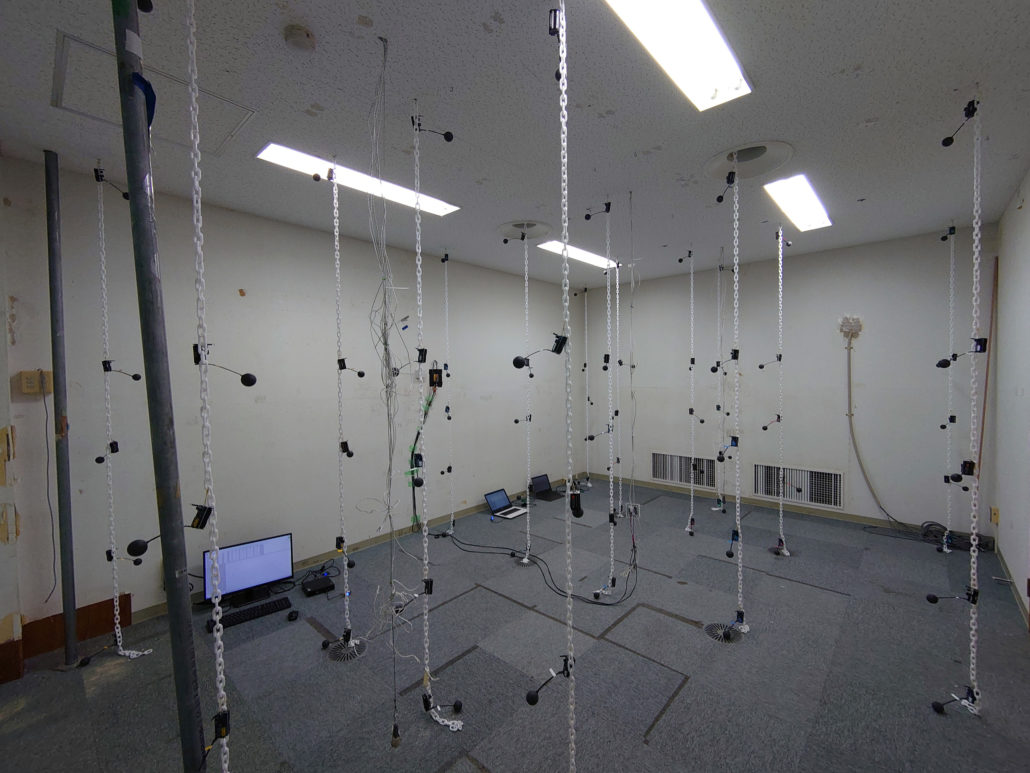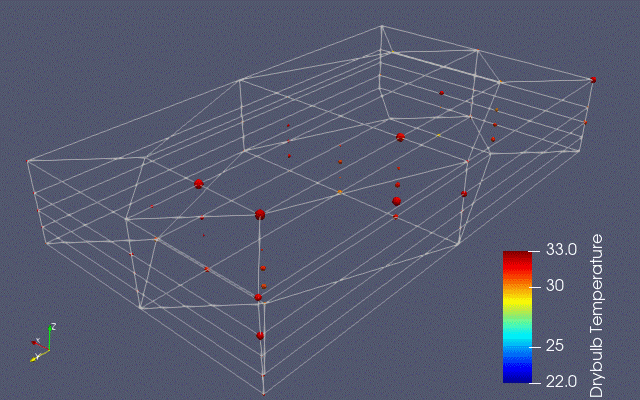Kogakuin University Researchers Cut the Cost of Indoor Environmental Monitoring to 1/20th with the help of Seeed Fusion
By Liyan Gong 4 年 agoKogakuin University was the first university in Japan to offer a faculty dedicated to architecture and has been promoting world-class research and education in architecture from both artistic and technical perspectives. Researchers specializing in built environment studies are tasked with creating the most comfortable indoor environment with the least energy consumption, of which, thermal performance is a particularly important factor.
In order to evaluate the indoor thermal environment of a building, its temperature and humidity, globe temperature, and wind velocity must be measured. In general, these physical quantities are spatially distributed, so it is necessary to distribute the measuring instruments at reasonable distances from each other. In addition, since the thermal environment changes significantly over time, instantaneous measurements are not sufficient, and continuous measurements over several weeks are desirable. In other words, to correctly evaluate the thermal environment, multiple physical quantities need to be measured over a long period of time at many measurement points.
However, such instruments are very expensive, generally over $1000 for one unit. The reason for these prices is that they are general-purpose products that are not specialized for indoor thermal environment evaluation. For indoor thermal environment assessment, it is not necessary to be able to measure temperature to the second decimal place, nor is it necessary to measure typhoons that exceed 20 m/s. If they could be limited to the minimum necessary functions for indoor thermal environments, the instruments would be much cheaper and smaller.
For this reason, the researchers used Seeed PCBA service to manufacture the new instrument for their own purposes. By ordering 100 units at a time, they were able to reduce the manufacturing cost to less than 30$ per unit. Even with the cost of auxiliary parts, the cost per unit is about 50$, which is less than 1/20th of the cost of commercial products.
This instrument can measure dry-bulb temperature, relative humidity, glove temperature, and velocity with the accuracy needed to calculate PMV and SET*, which are indicators of thermal comfort. It requires only two AA batteries for three weeks of continuous measurement. Lightweight and very small (60 x 40 x 20 mm), it can be easily installed in an office, such as on top of a partition.
Since the data can be received wirelessly, the number of instruments can be easily increased. 85 units were installed in the air-conditioned test room that blows air from the floor. In the figure, the temperature is visualized by the color, and the velocity by the size of the ball. The high velocity near the floor surface can be measured, and it can be seen that the temperature of the room gradually decreases as time passes.
“Seeed PCBA service is a very advantageous option for producing our instruments that have a specific purpose and function. We can achieve high-density measurements at a much lower cost than commercially available products. As the use of such services becomes more common, and researchers can obtain much more information than before, research will be able to move into a new phase.“
The other parts needed for this board are a battery box, an XBee module, a temperature sensor (MCP9700), and a platinum resistor. All the information on how to make these accessories are available on the website (www.hvacsimulator.net/mlogger). The source code for the ATmega328 program and other accompanying software is also available on the web.



